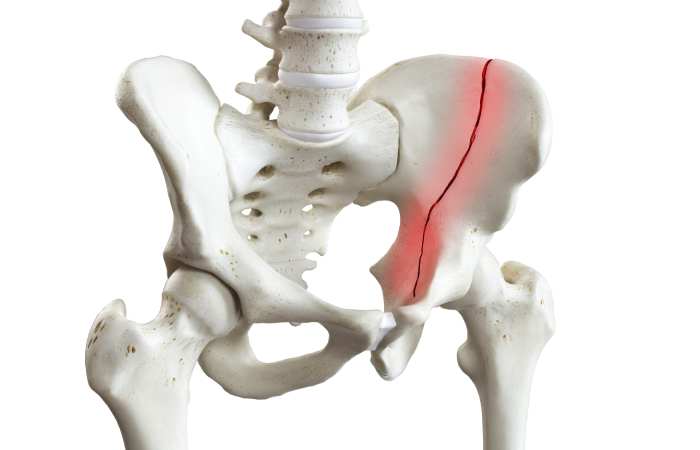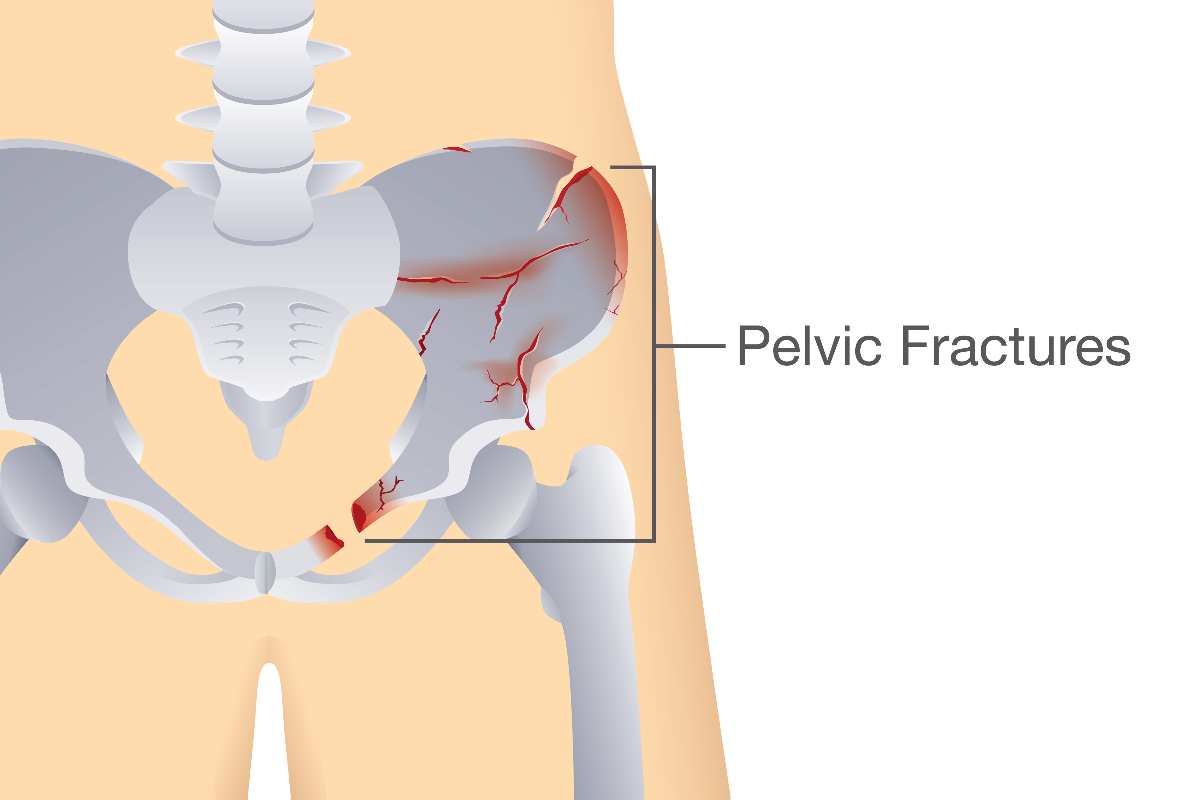Of all the fractures a human body can endure, the pelvic fracture could be one of the most severe and life-threatening because all the muscles that attach to the pelvic bones could hold the broken parts in place, leaving them not visible.
Major blood vessels and nerves running through the pelvis could sustain damage if the sharp, broken bone pieces pierce through or even sever them. Due to the severity and possible secondary injuries a person can get from a broken pelvis, patients need immediate medical care.
For a person who never received proper medical training, like bystanders at a car crash, there are a few telltale signs to look out for when assisting a patient, and it’ll be good to know how medical personnel will provide treatment so they can align their actions with such:
Table of Contents
Signs That Someone May Have A Pelvic Fracture
There are various types of fractures, including a complete fracture, displaced fracture, partial fracture, and stress fracture. These could have severe consequences if the patient doesn’t seek medical help immediately. First responders with SAM medical training or those who’ve attended similar courses would be familiar with the procedures for keeping the pelvis stable before doctors can x-ray the patient to see the extent of the damage.
A medical professional will then classify the pelvic fracture as stable, meaning there’s a fracture, but the bones of the pelvis are still maintaining their shape and form, or unstable, wherein there could be more than one break and the bones have moved out of place.
Regardless of the fracture type, the patient may show the following signs:
- Pain in the hip, lower back, or groin areas that could be stabbing or very intense
- Pain worsens when the patient moves their legs, or medical workers move them
- There may be a loss of sensation in any part of the body below the navel
- The patient may complain of secondary pain in their lower abdomen
- Loss of bladder control or incontinence could also be present
- Difficulty standing or walking, or completely unable to get upright
- Inability to find a pulse at the site of the fracture or elsewhere below the site
Signs and symptoms will vary from patient to patient. Sufferers may not present all these, but they almost always experience pain and difficulty moving.
Likely scenarios where first responders can suspect a fractured pelvis include slip and fall accidents, or accidents involving motor vehicles, whether the person was inside the car or a pedestrian hit by a car.
Treatment Options For Pelvic Fractures

Doctors can opt for a variety of different treatment options, depending on the severity of the fracture. Below are some of the methods they can choose for stable and unstable pelvic fractures:
Treatments for stable pelvic fractures:
- Bedrest as much as possible until the fracture heals. Bones need at least six to eight weeks to heal, and when there isn’t any undue pressure on them, it’ll facilitate their healing.
- Mobility aids, like walkers or crutches, will help the patient to move around to the bathroom, for example. Doctors could still limit their movements to short distances and keep the pelvis in a neutral position, like lying down.
- Medication will help the patient with the pain and swelling; sometimes, an anticoagulant prevents blood clots, which could be a severe complication. Keeping the patient comfortable enough to endure the painful healing process is one of the doctor’s main objectives, along with preventing secondary conditions, like embolisms traveling to the patient’s heart, lungs, and brain.
Treatments for unstable pelvic fractures:
- External fixation involves metal rods and screws a doctor will surgically attach to the pelvis to keep all the bones in place to heal. These may stick out through the skin, acting as a frame to stabilize the fractured pelvis.
- Skeletal traction is another option that doctors will consider. For this method, an external pulley system can attach to the pins surgically attached to the pelvis. The system provides gentle traction to keep the bones aligned so they can fuse again over time.
- The last types of procedures medical staff will consider are open reduction and internal fixation. The surgeons will reposition the bones before attaching metal plates or screws to keep all the pieces in place.
In Conclusion
Although a pelvic fracture is a severe condition, with the right and immediate help from first responders, doctors will have a better chance of successfully treating the patient. Medical training is always a bonus, especially because accidents happen in the blink of an eye. Knowing what to do in these emergencies will help save a patient from a lifetime of complications from their fractured pelvis.


